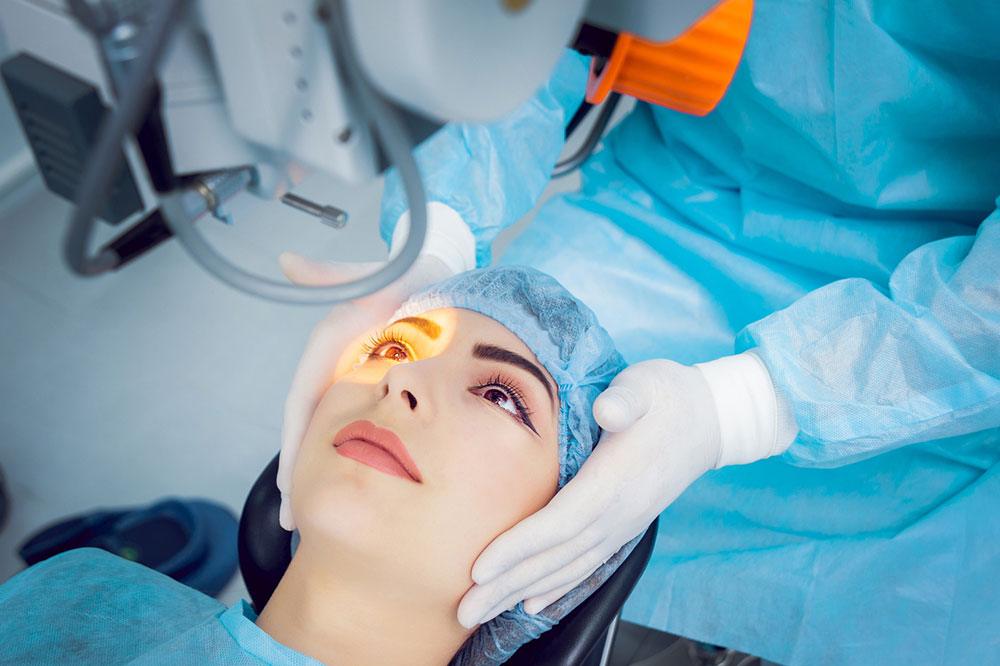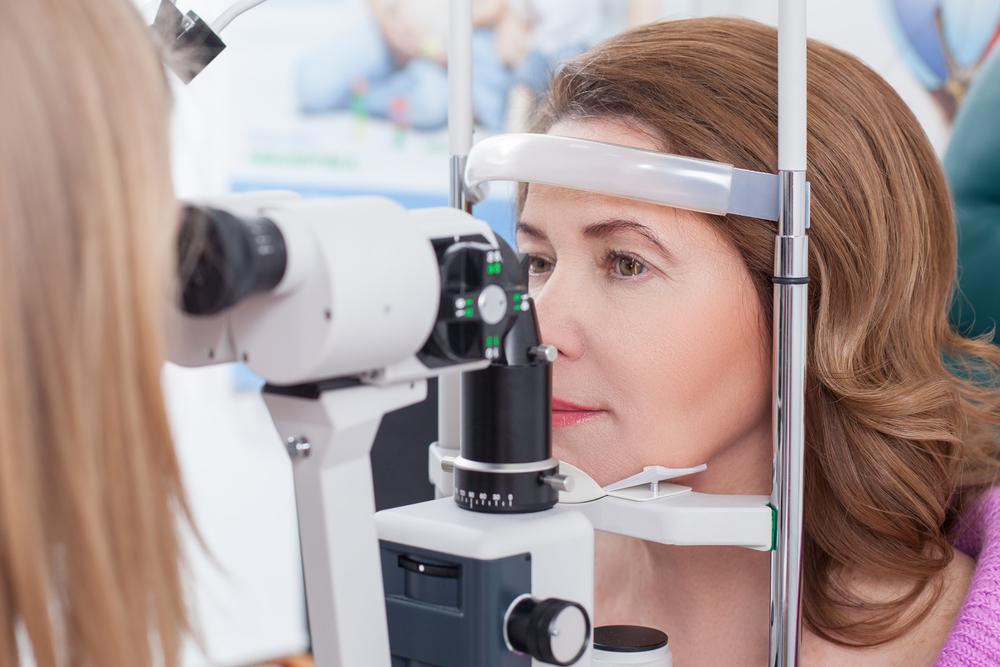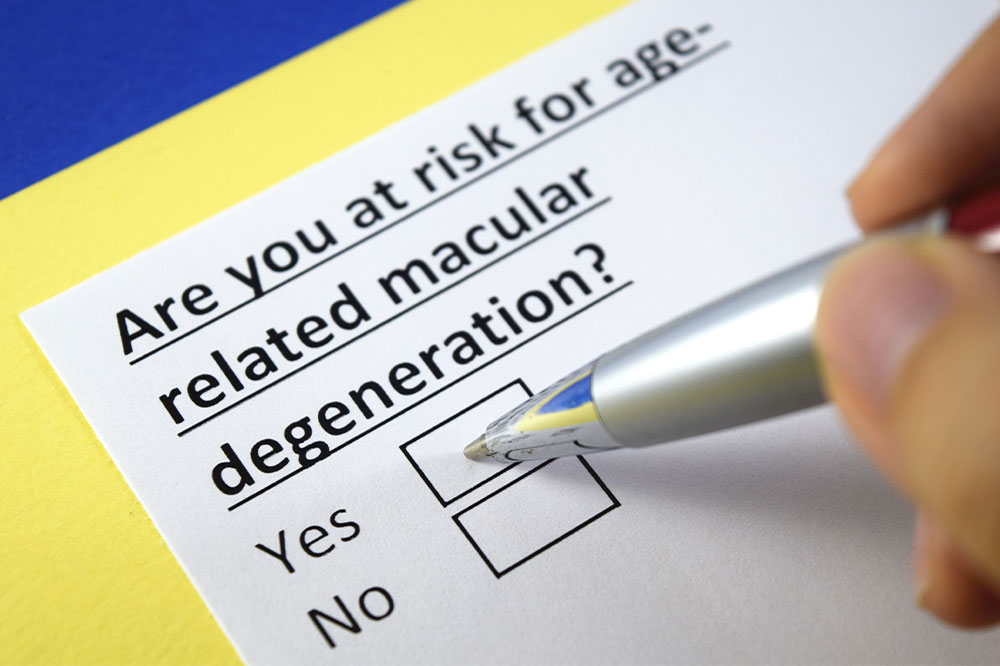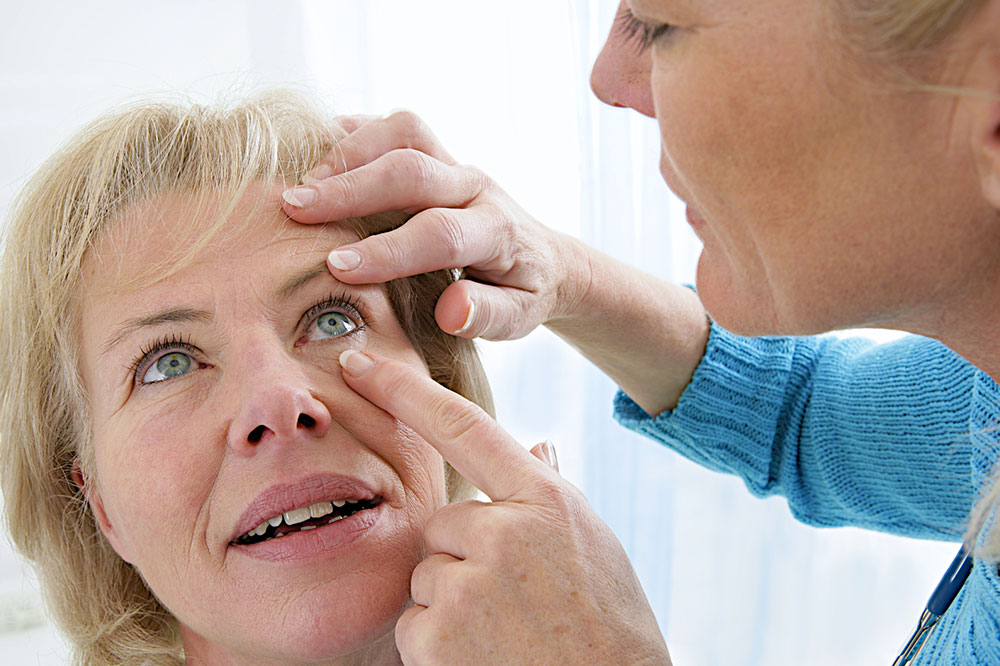Comprehensive Guide to Macular Degeneration: Causes, Symptoms, and Modern Treatment Options
This comprehensive article explores macular degeneration, detailing its causes, symptoms, diagnostic methods, and current treatment options. It emphasizes early detection, preventive measures, and lifestyle modifications to slow disease progression. With ongoing research and advanced therapies, patients have better chances of preserving their vision and quality of life. Ideal for individuals over 50 or those at risk, the guide provides critical insights into managing this progressive eye condition effectively.

Comprehensive Guide to Macular Degeneration: Causes, Symptoms, and Modern Treatment Options
Macular degeneration, a progressive eye disease, significantly impacts millions worldwide, particularly individuals aged 50 and above. This condition primarily results in the gradual decline of the central vision, which is essential for tasks such as reading, driving, recognizing faces, and performing detailed work. Despite being painless, macular degeneration poses a serious threat to independence and quality of life when not detected early. In this comprehensive guide, we explore the causes, symptoms, current treatment options, and preventive strategies associated with this eye condition, aiming to educate and empower those at risk.
Understanding the Basics of Macular Degeneration
Macular degeneration, medically referred to as Age-related Macular Degeneration (AMD), is a degenerative condition affecting the macula, the central part of the retina responsible for sharp, central vision. The retina is the light-sensitive tissue lining the back of the eye, and the macula plays a critical role in enabling us to see fine details. As AMD progresses, it leads to the deterioration of the macula, resulting in blurred or lost central vision. Importantly, peripheral vision usually remains intact, so while the disease impairs detailed sight, it does not cause complete blindness.
AMD can be classified into two main types: dry AMD and wet AMD. Dry AMD accounts for approximately 85-90% of cases and involves slow breakdown of the light-sensitive cells in the macula. It develops gradually and is characterized by the accumulation of drusen, tiny yellow deposits, under the retina. Dry AMD often progresses slowly over years, but in some cases, it may transform into wet AMD.
Wet AMD, although less common, is more aggressive and potentially more damaging. It results from abnormal blood vessel growth beneath the retina, which can leak fluid or blood, leading to rapid deterioration of central vision. This form of AMD requires prompt treatment to prevent severe vision loss.
Symptoms and Early Signs of Macular Degeneration
Recognizing early signs of macular degeneration is essential for timely diagnosis and intervention. Common symptoms include:
Blurred or distorted central vision, making straight lines appear wavy or bent
Difficulty reading small print or seeing fine details
Reduced brightness or dulled colors
Dark or empty areas in the central vision
Difficulty recognizing faces or performing detailed tasks
People with early AMD might not notice symptoms initially, which underscores the importance of regular eye examinations, especially for individuals over 50 or those with risk factors.
Risk Factors and Causes of Macular Degeneration
Numerous factors contribute to the development of AMD. While age remains the most significant risk factor, genetics also play a crucial role. Inherited genetic mutations can predispose certain individuals to AMD, especially if they have a family history of the disease. Besides age and genetics, other modifiable and non-modifiable risk factors include:
Smoking: tobacco use considerably increases the risk, damaging retinal cells and blood vessels.
Sunlight exposure: prolonged exposure to ultraviolet rays can accelerate retinal damage.
Obesity: excess weight is associated with increased risk of progression.
Hypertension and cardiovascular disease: poor blood circulation impacts retinal health.
Diet: diets low in antioxidants and essential nutrients may contribute to increased risk.
Gender: women are slightly more susceptible to AMD than men.
Understanding these factors helps in both risk assessment and formulation of preventative strategies.
Diagnostic Procedures and the Importance of Early Detection
Early diagnosis is paramount for effective management and preservation of vision. An ophthalmologist conducts comprehensive eye exams, including visual acuity tests, dilated fundus examinations, optical coherence tomography (OCT), and fluorescein angiography, to detect AMD's presence and assess its severity.
Regular eye check-ups are recommended for individuals at higher risk, especially those over 50, smokers, or with a family history of AMD. Screening tools such as Amsler grid tests allow patients to monitor their vision at home and alert them to changes requiring professional evaluation.
Current Treatments for Macular Degeneration
Although there is no cure for AMD, several treatment options aim to slow its progression and preserve remaining vision. Treatments differ based on the type and stage of the disease.
Dry AMD Management
Antioxidant Supplements: The Age-Related Eye Disease Study (AREDS and AREDS2) formulas, rich in vitamins C and E, zinc, copper, lutein, and zeaxanthin, have demonstrated efficacy in reducing the risk of progression in intermediate stages of dry AMD.
Lifestyle Changes: Quitting smoking, maintaining a healthy diet, controlling blood pressure, and protecting eyes from UV light can significantly impact disease progression.
Wet AMD Management
Anti-VEGF Injections: The cornerstone of wet AMD treatment involves drugs like ranibizumab, aflibercept, and bevacizumab. These injections inhibit vascular endothelial growth factor (VEGF), preventing abnormal blood vessel growth and leakage.
Laser Therapy: Focal laser laser photocoagulation is employed to destroy abnormal vessels; however, it is less commonly used due to potential damage to healthy tissue.
Photodynamic Therapy (PDT): This involves injecting a photosensitive drug (verteporfin) followed by targeted laser application to close abnormal vessels with minimal damage to healthy tissue.
Surgical Options: In certain cases, surgical procedures such as macular translocation or lens implantation may be considered, especially if other treatments are unsuitable.
Emerging and Future Treatment Strategies
Research continues to explore new avenues for AMD management. Gene therapy trials aim to correct genetic mutations linked to AMD. Additionally, stem cell therapy seeks to regenerate damaged retinal tissue. Advances in nanotechnology and biomaterials may facilitate targeted drug delivery, improving treatment efficacy while minimizing side effects.
Preventive Strategies and Lifestyle Modifications
Prevention remains a primary strategy in managing AMD risk. The following measures can substantially reduce the likelihood of developing or worsening the disease:
Adopt a nutritious diet rich in leafy greens, fruits, and omega-3 fatty acids.
Cease smoking immediately to lower risk.
Wear UV-protective sunglasses and hats when outdoors.
Maintain a healthy weight and blood pressure through regular exercise and proper diet.
Regular comprehensive eye exams to enable early detection and monitoring.
Living with Macular Degeneration: Tips and Support
For those diagnosed with AMD, adapting to vision loss is crucial. Use magnifying devices, ensure proper lighting, and organize daily tasks to enhance independence. Joining support groups can provide emotional assistance and practical advice from others experiencing similar challenges. Advances in low vision rehabilitation services can also help individuals maximize their remaining vision and maintain quality of life.
In summary, while macular degeneration remains a leading cause of vision impairment in older adults, advances in diagnosis and treatment offer hope for preserving sight and maintaining independence. Awareness, early detection, comprehensive management, and lifestyle adjustments are key to confronting this eye condition effectively.





